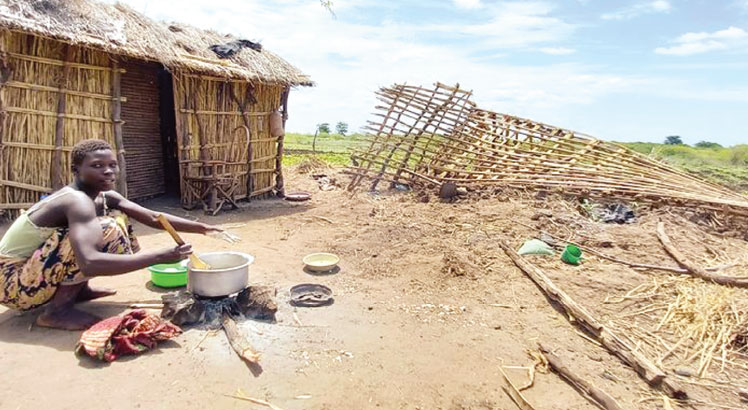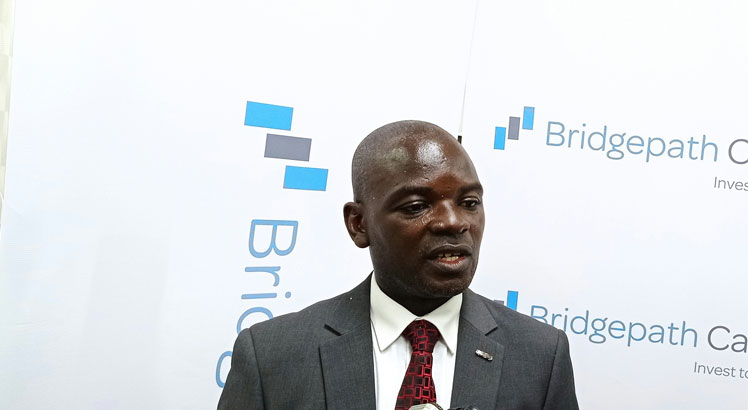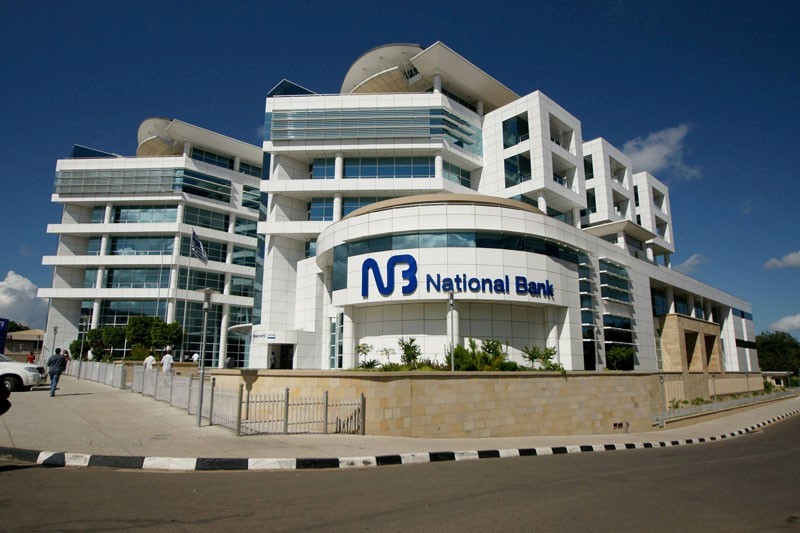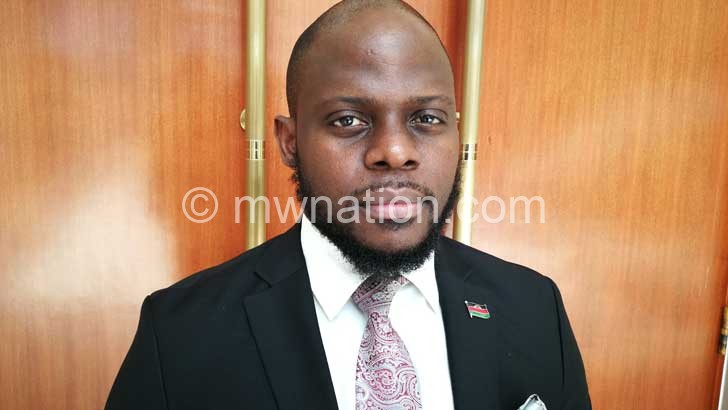Middle-income dream far-fetched—analysis
Malawi will likely not achieve lower middle-income status by 2030 if its net foreign factor income remains not substantial, an analysis has shown.
The African Futures and Innovation programme (AFI) at the Institute for Security Studies, which seeks to model progress towards the African Union’s Agenda 2063, observed that in 2019, the gross national income (GNI) per capita and the gross domestic product (GDP) per capita for Malawi were almost the same at about $600, with a projected average annual growth rate of GDP per capita between 2022 and 2030 of 2.7 percent.

Reads the analysis in part: “This will not be enough to propel Malawi to lower middle-income status by 2030.
“The country’s ability to achieve robust and sustainable growth will depend, to a large extent, on developing a thriving private sector, investment in skills development and infrastructure, and an increase in agricultural productivity.”
The analysis said the challenging business environment constrains growth opportunities for small-sized companies and foreign direct investment inflows.
The net foreign factor income (NFFI) is the difference between a nation’s GNI and GDP.
AFI data shows that if GDP per capita continues to grow at this trend over the next 10 years, it could translate to a GNI per capita of about $810 (about K1.3 million) by 2030, which is below the current lower middle-income threshold of $1 086 (about K1.8 million) defined by the World Bank.
At the same time, on the current path, Malawi’s projected GDP per capita is pegged at $8 030 (about K13 million) by 2063.
However, to achieve upper-middle-income status by 2063, Malawi needed a projected GDP per capita of above $13 050 (about K22 million).
National Planning Commission (NPC) had earlier conceded that at the current pace, Malawi will unlikely halve the levels of poverty and reduce inequality by 2030 in line with the Malawi 2063 (MW20263), the country’s long-term development strategy.
In its 2023 Malawi 2063 First 10-Year Implementation Plan (MIP-1) analysis, NPC said that while the Covid-19 pandemic worsened the situation, other factors include a high population growth rate, limited access to financial services and high levels of corruption.
The commission noted that while implementation of about 80 percent of the interventions that were to start between 2021 and 2022, 60 percent of them were either off-track or are registering slow progress.
This was the case in all the three MW2063 pillars of agricultural productivity and commercialisation; industrialisation and urbanisation, including the critical MW2063 enabler of private sector dynamism.
NPC director general Thomas Chataghalala Munthali in an interview on Monday suggested that more focus on the productive sectors could help bring growth rates beyond the MIP-1 average growth targets even amid the exogenous shocks.
He said: “Graduating into a low middle-income by 2030 and meeting most of the Sustainable Development Goals is possible if we focus our capacities and energies on doing these right things as a nation. We don’t have the luxury of time.
“Thus, investment in large-scale mining, mega farms and tourism should be prioritised along with the creation of an enabling environment that includes investment in energy, information and communications technology, strategic transport networks, macroeconomic stability and good governance.”
World Bank data shows that in Malawi, the poverty rate was 50.7 percent in 2010 and has remained broadly unchanged during the last decade.






One Comment